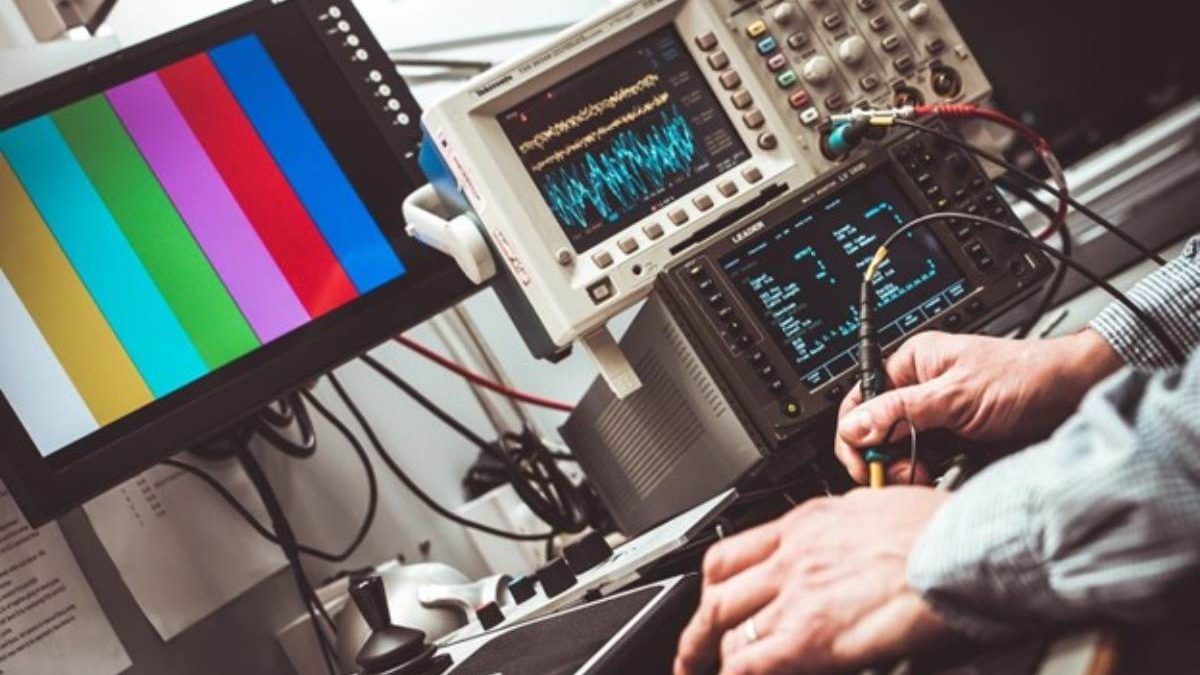Efficient control of three-phase motors is crucial for optimizing industrial processes and reducing energy consumption. Variable Frequency Drives (VFDs) and Soft Starters are two essential technologies that contribute to achieving these goals.
In this article, we will explore the difference between VFDs and Soft Starters, focusing on the benefits of Soft Starters for power system efficiency.
For readers interested in learning more about Soft Starters, we encourage you to visit the page what is a soft starter for in-depth information.
Table of Contents
ToggleVFDs and Soft Starters: Understanding the Distinction
While both VFDs and Soft Starters play significant roles in controlling three-phase motors, they have distinct functionalities.
A VFD, also known as an AC drive or variable speed drive, allows precise control of the motor’s speed and torque by varying the frequency and voltage supplied to the motor.
This results in the ability to run the motor at different speeds according to the application’s demands, leading to significant energy savings in processes with varying load requirements.
On the other hand, a Soft Starter is a device designed to manage the motor’s startup phase.
Unlike traditional motor starters that deliver full voltage during startup, Soft Starters provide a gradual voltage ramp-up.
This reduces the inrush current, minimizing the mechanical stress on the motor and connected equipment.
The primary purpose of a Soft Starter is to ensure a smooth and controlled acceleration, which extends the motor’s lifespan and reduces maintenance costs.
The Benefits of Soft Starters for Power System Efficiency
Soft Starters offer several advantages that contribute to enhancing power system efficiency:
- Reduced Inrush Current: By limiting the inrush current during motor startup, Soft Starters prevent voltage fluctuations and protect both the motor and other sensitive equipment in the power system.
- Extended Equipment Lifespan: The gentle acceleration provided by Soft Starters reduces mechanical stress on the motor’s components, such as bearings, gears, and belts, leading to prolonged equipment lifespan and decreased replacement costs.
- Improved Energy Efficiency: Soft Starters optimize energy efficiency by avoiding sudden starts, which can result in energy wastage during motor acceleration. The controlled ramp-up allows operators to match the motor’s speed with the specific load requirements, further reducing energy consumption.
- Enhanced System Stability: In applications with multiple motors starting simultaneously, Soft Starters maintain system stability by smoothly starting the motors, preventing voltage dips and operational disturbances.
Exploring Soft Starters in Detail
For a more comprehensive understanding of Soft Starters, we invite readers to explore the page what is a soft starter?
This resource will delve deeper into how Soft Starters work, their application areas, and the benefits they offer in power system management.
Conclusion
In conclusion, VFDs and Soft Starters are both crucial technologies for optimizing three-phase motors in industrial applications. While VFDs enable variable speed control, Soft Starters provide a controlled startup, reducing inrush current and mechanical stress on the motor.
Soft Starters play a pivotal role in enhancing power system efficiency, prolonging equipment lifespan, and achieving energy savings.
Related posts
Hot Topics
What is Kafka Used For: A Complete Guide
What is Kafka used for? If you’ve been diving into the world of distributed systems, microservices, or data streaming, you’ve…
How Do Password Managers Work? The Guide That Finally Makes Sense
Ever wonder how do password managers work and whether they’re actually safe? I get it. The idea of putting all…



